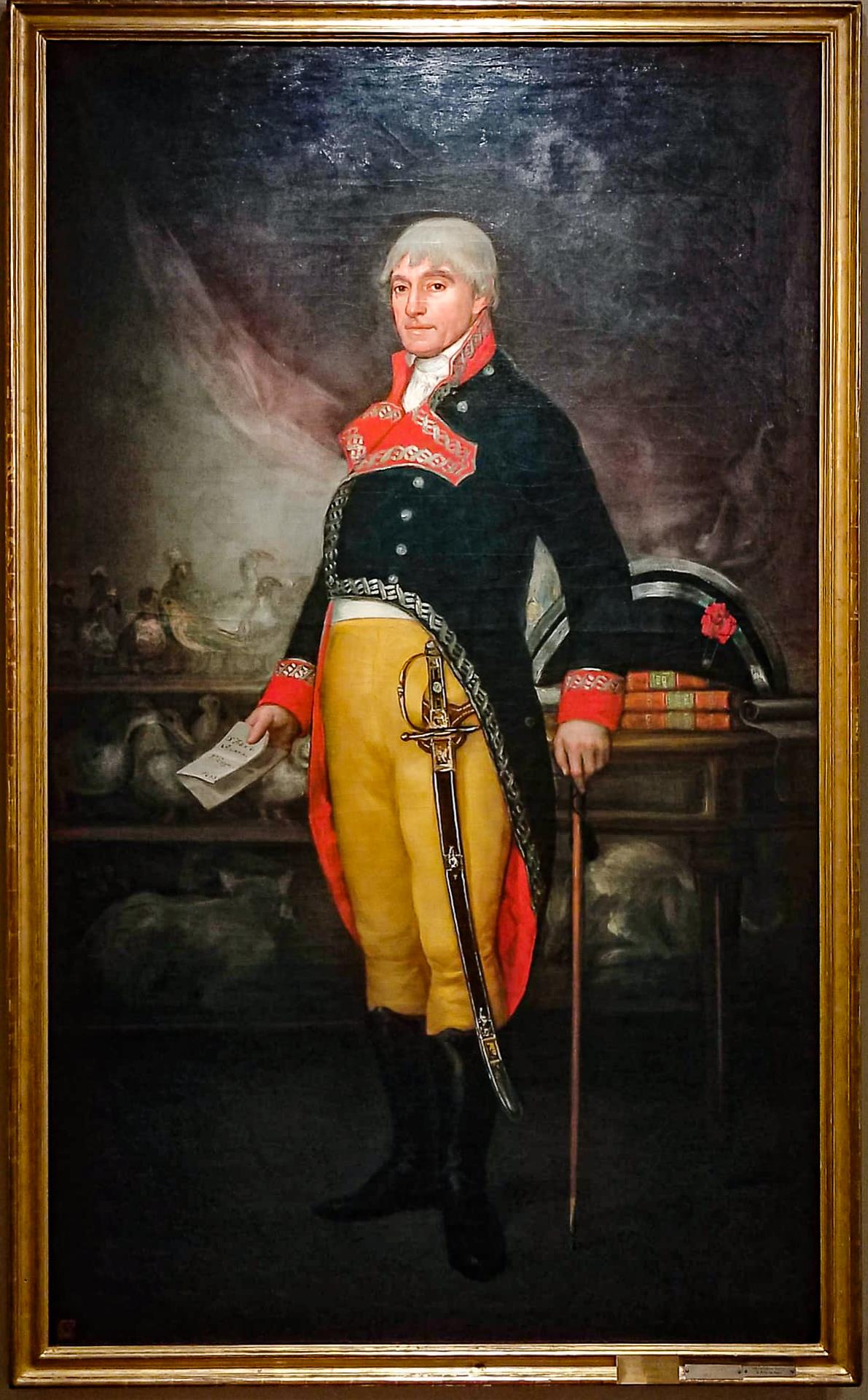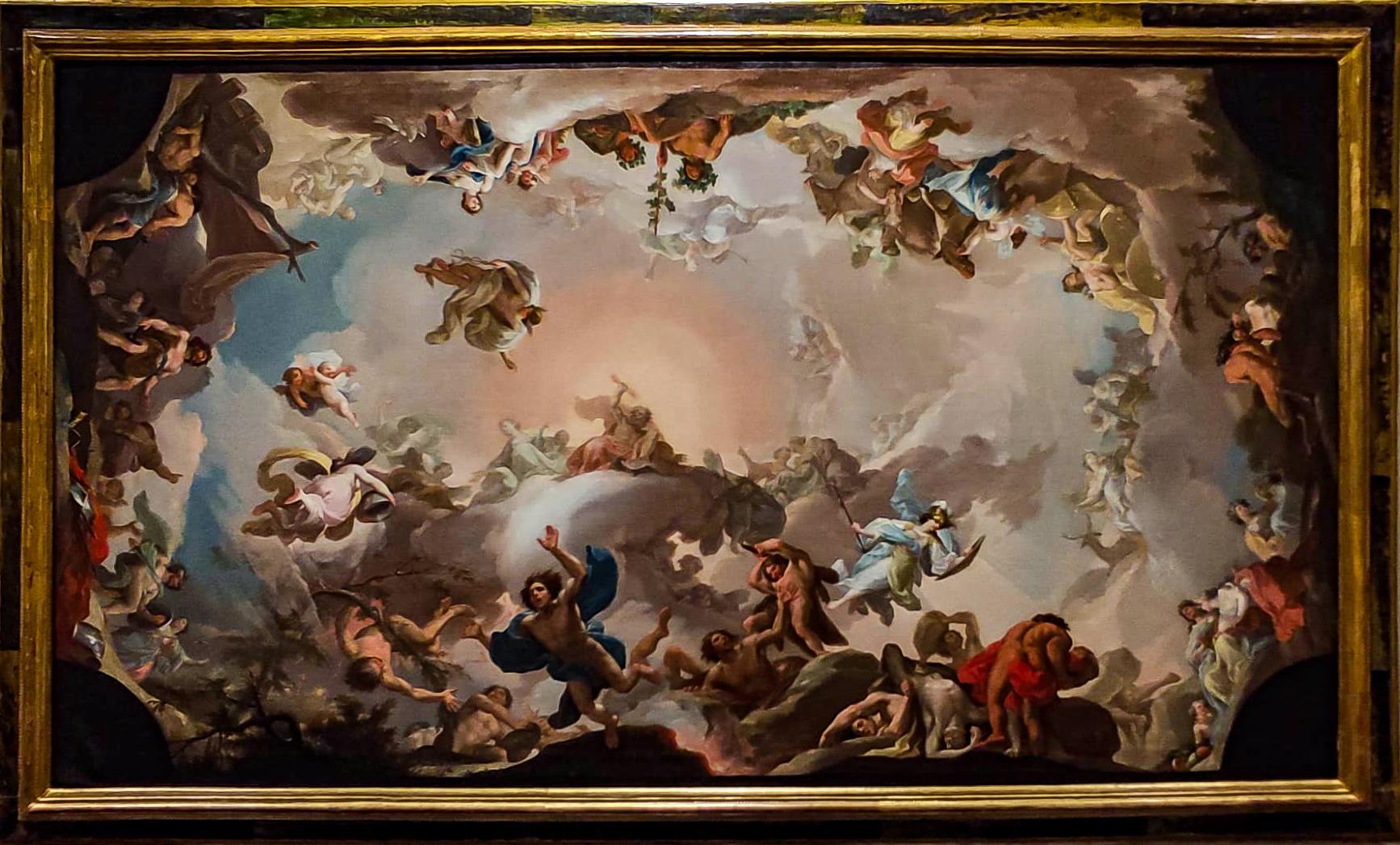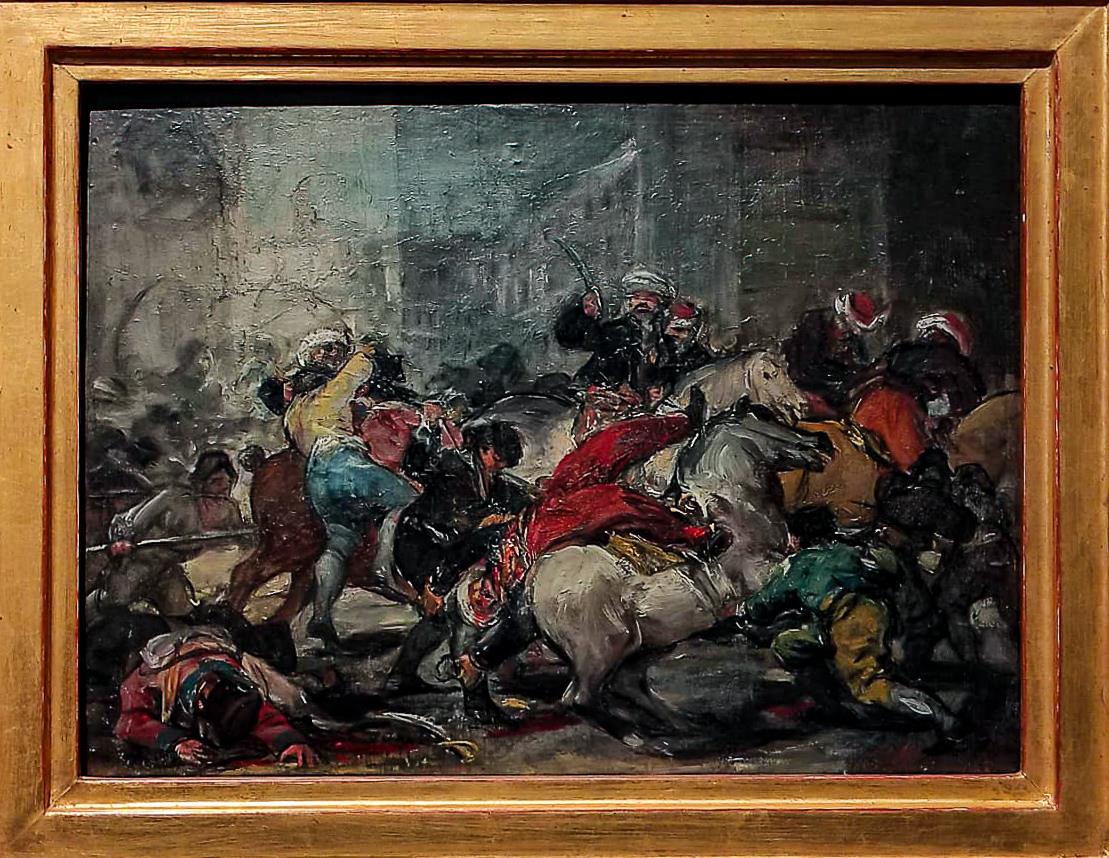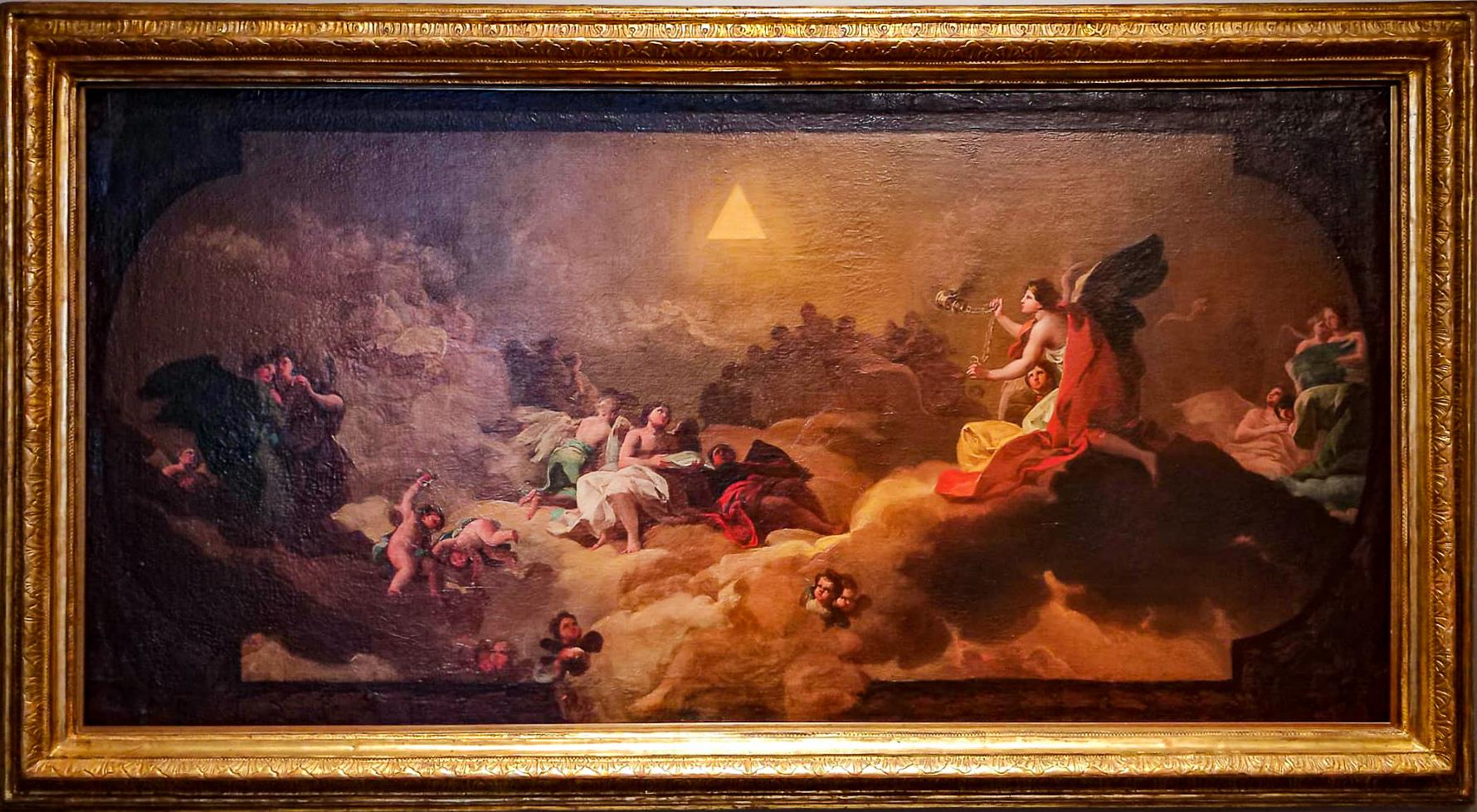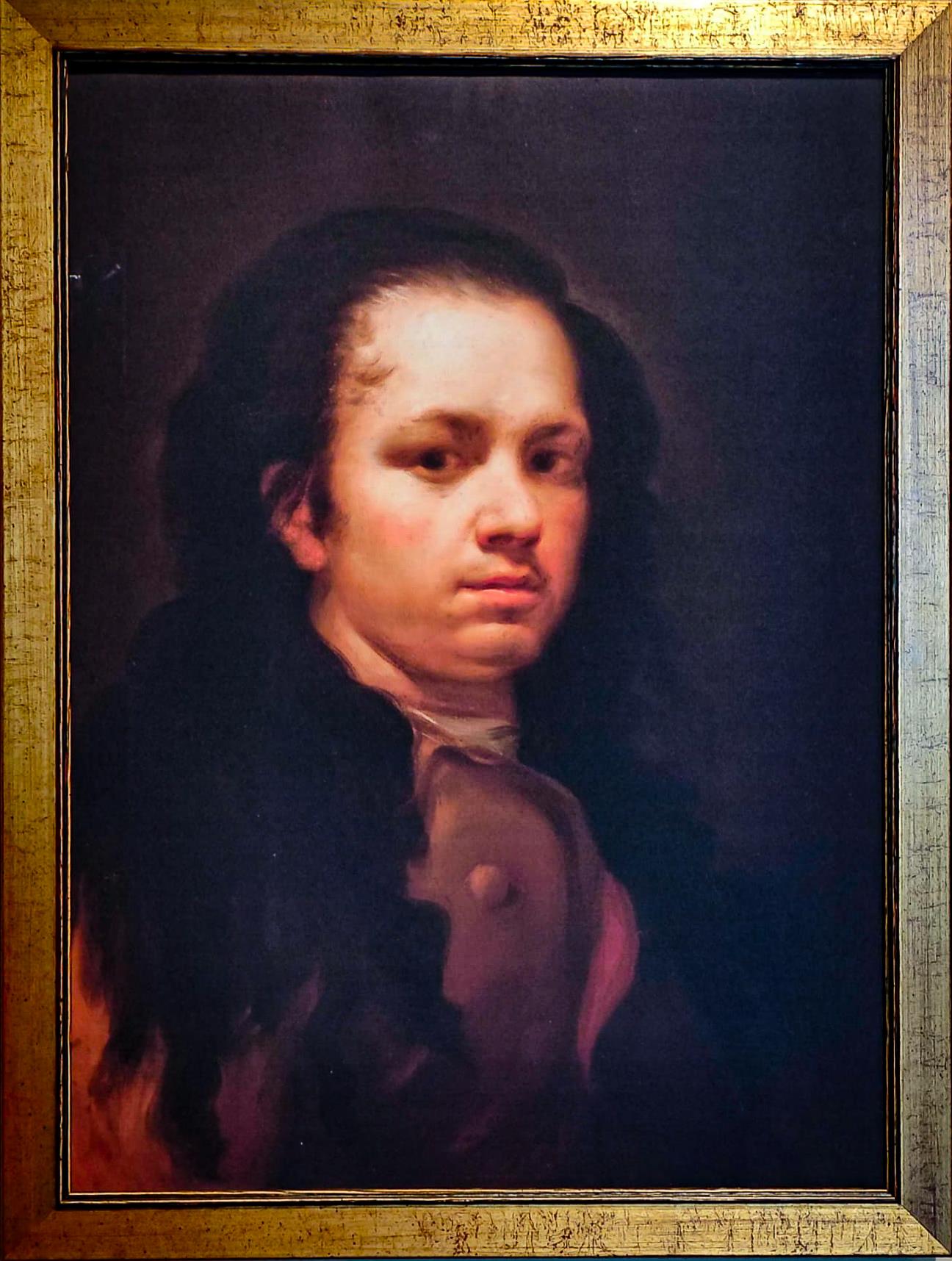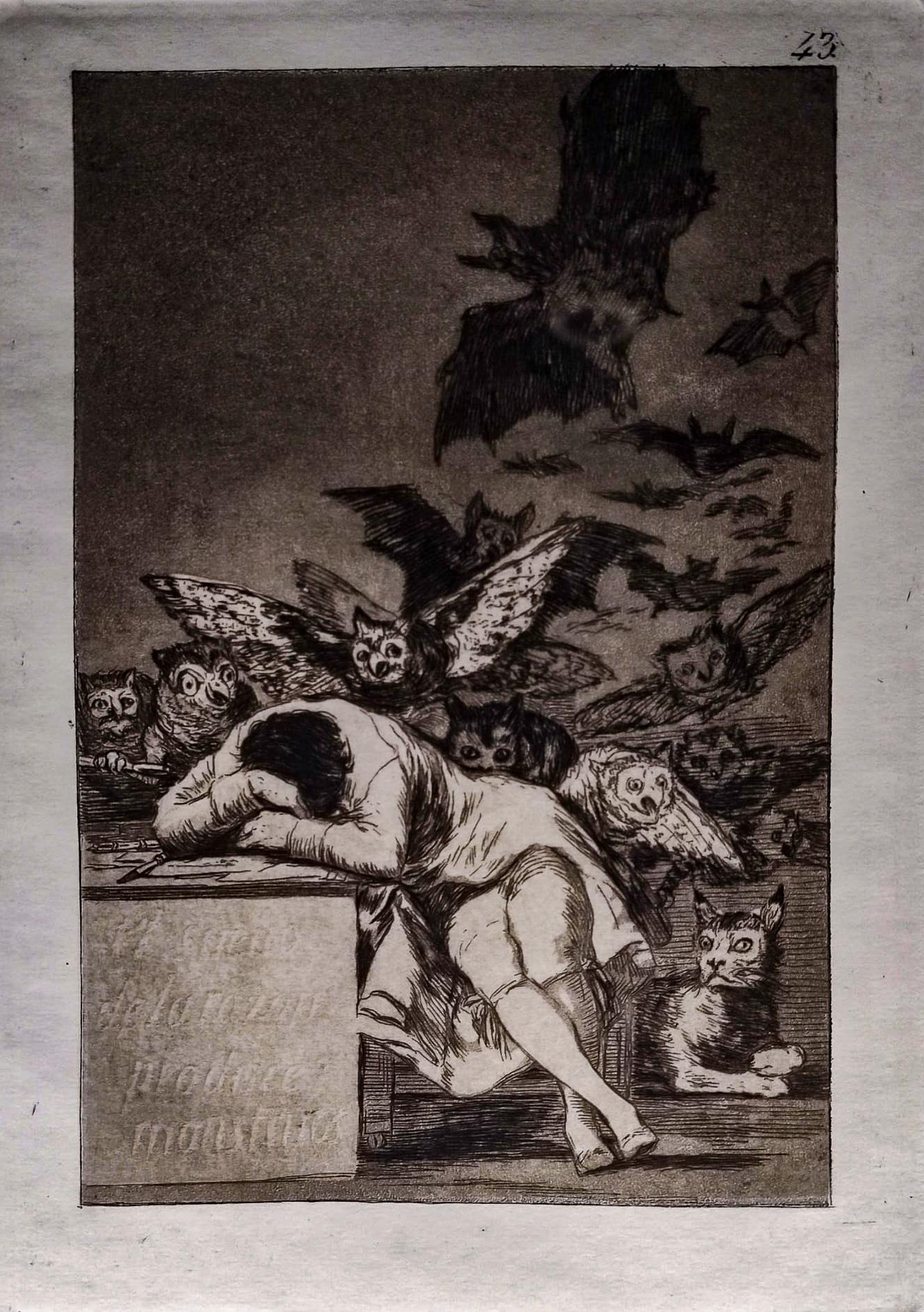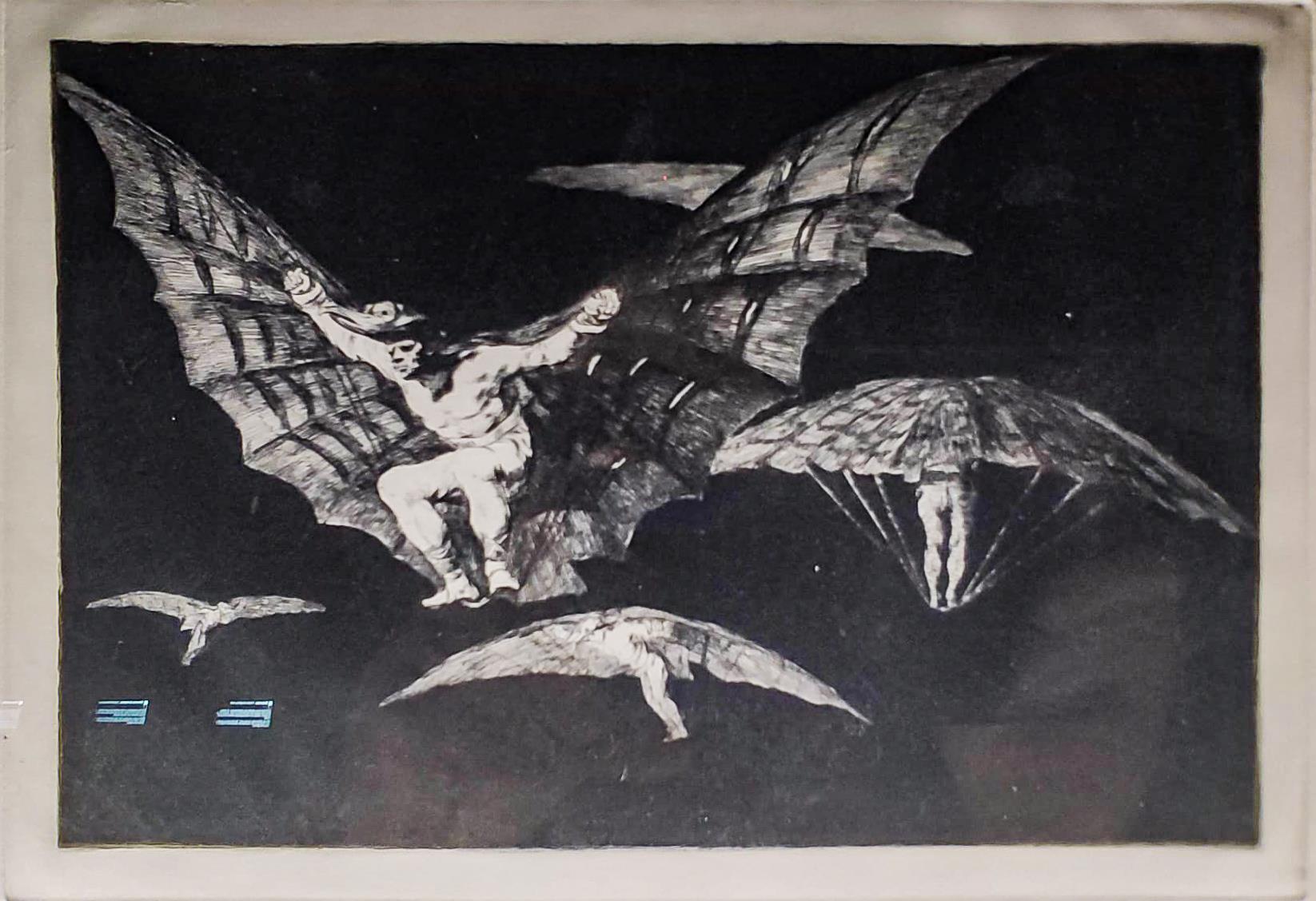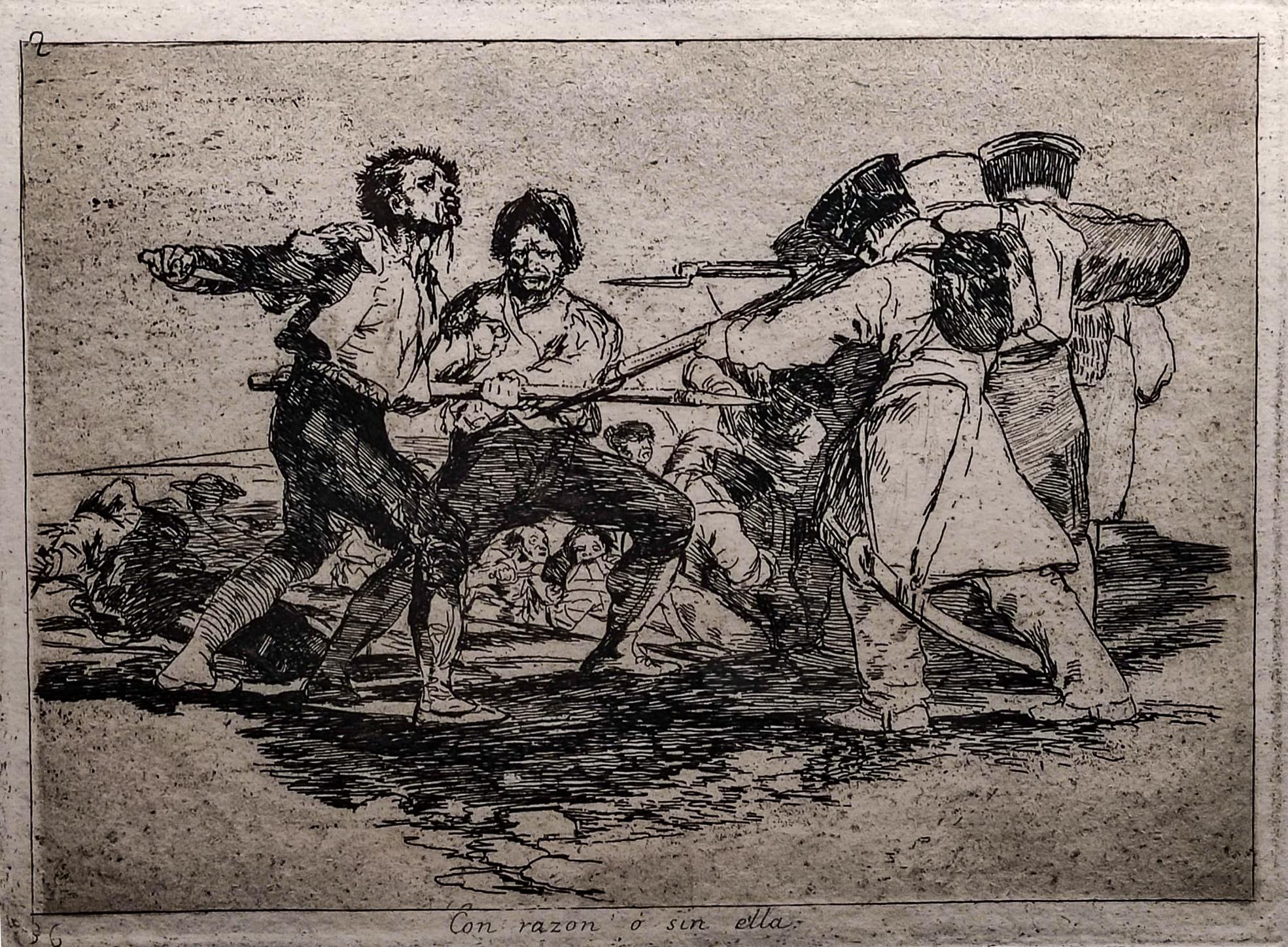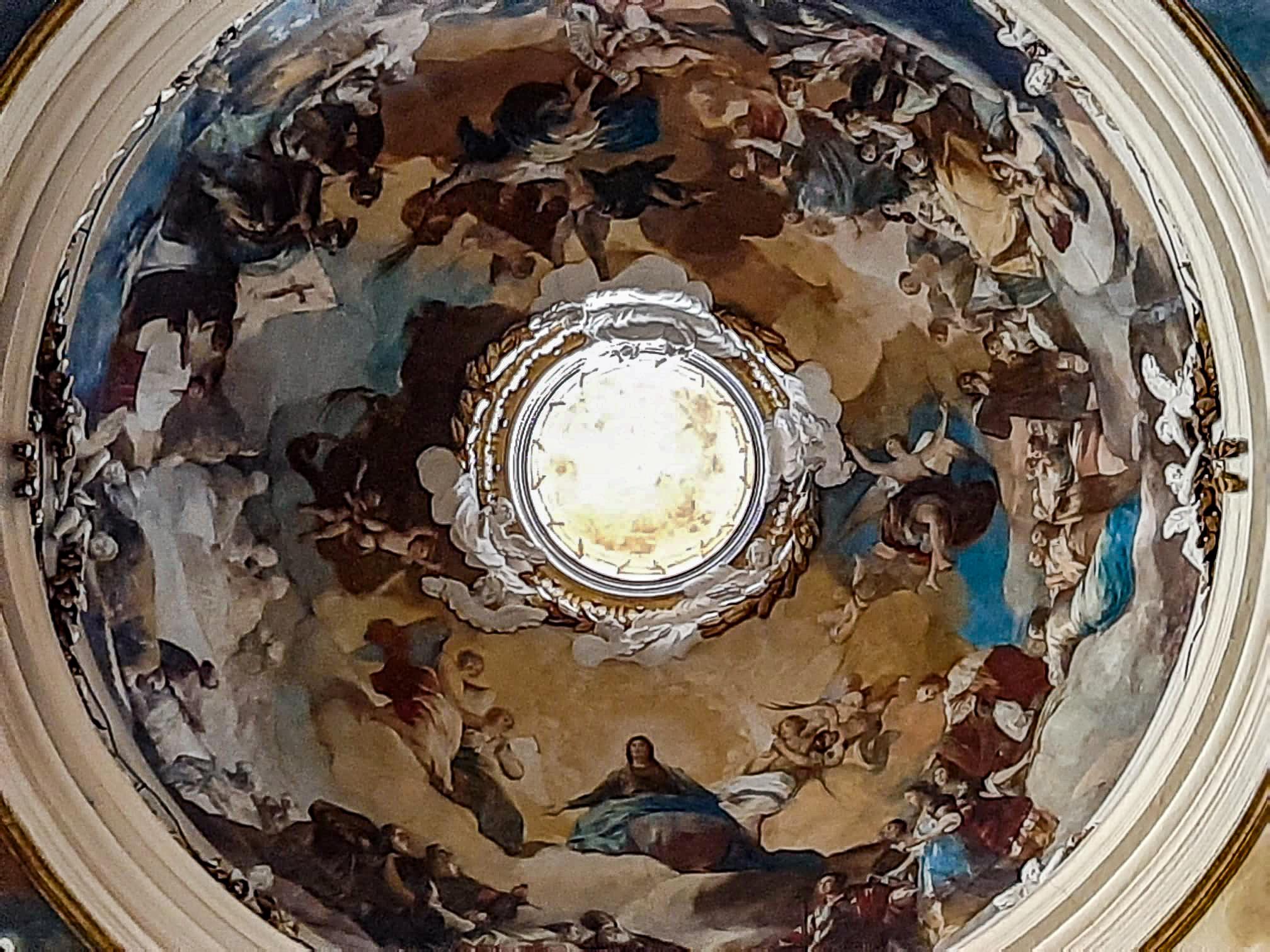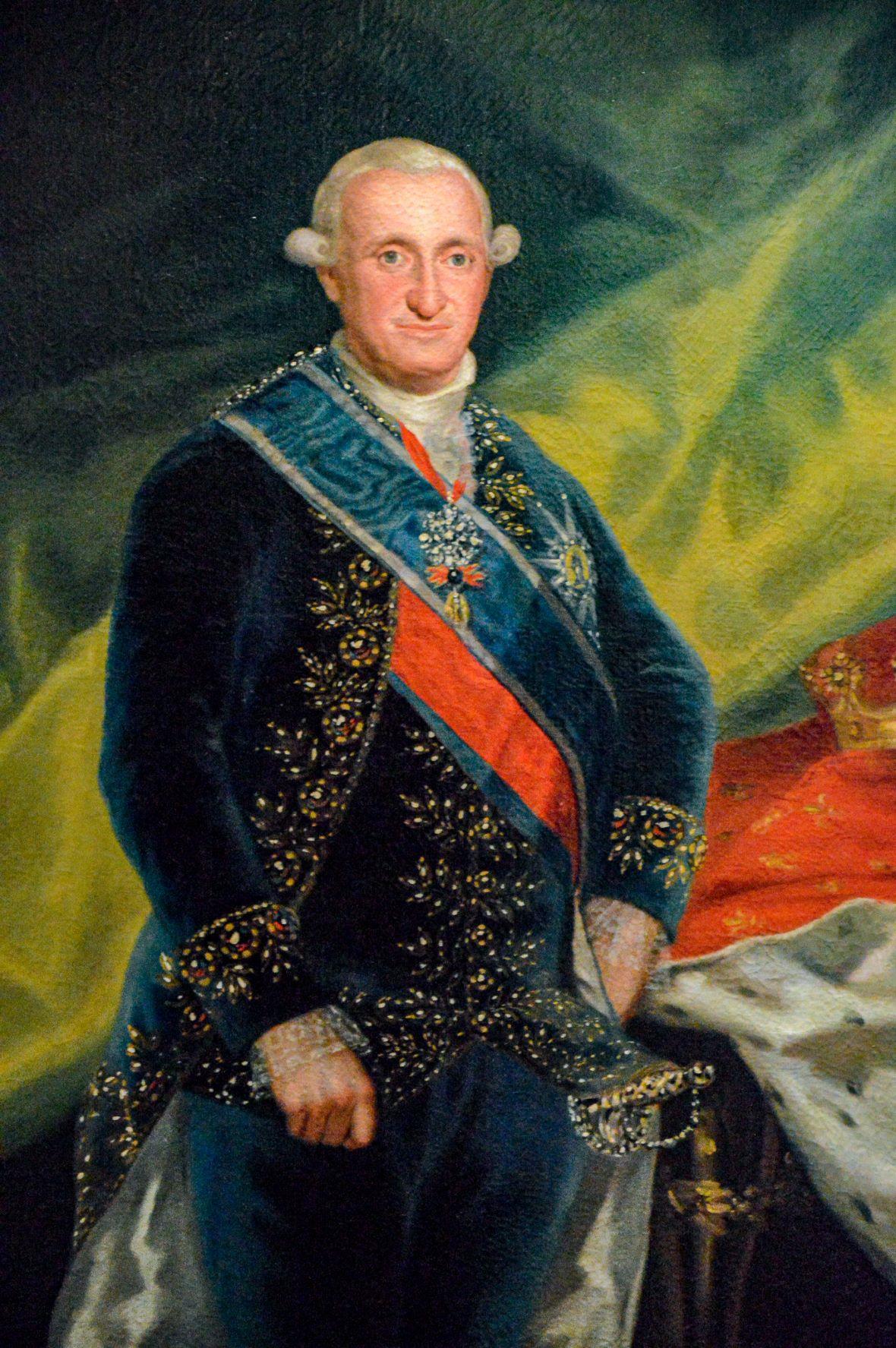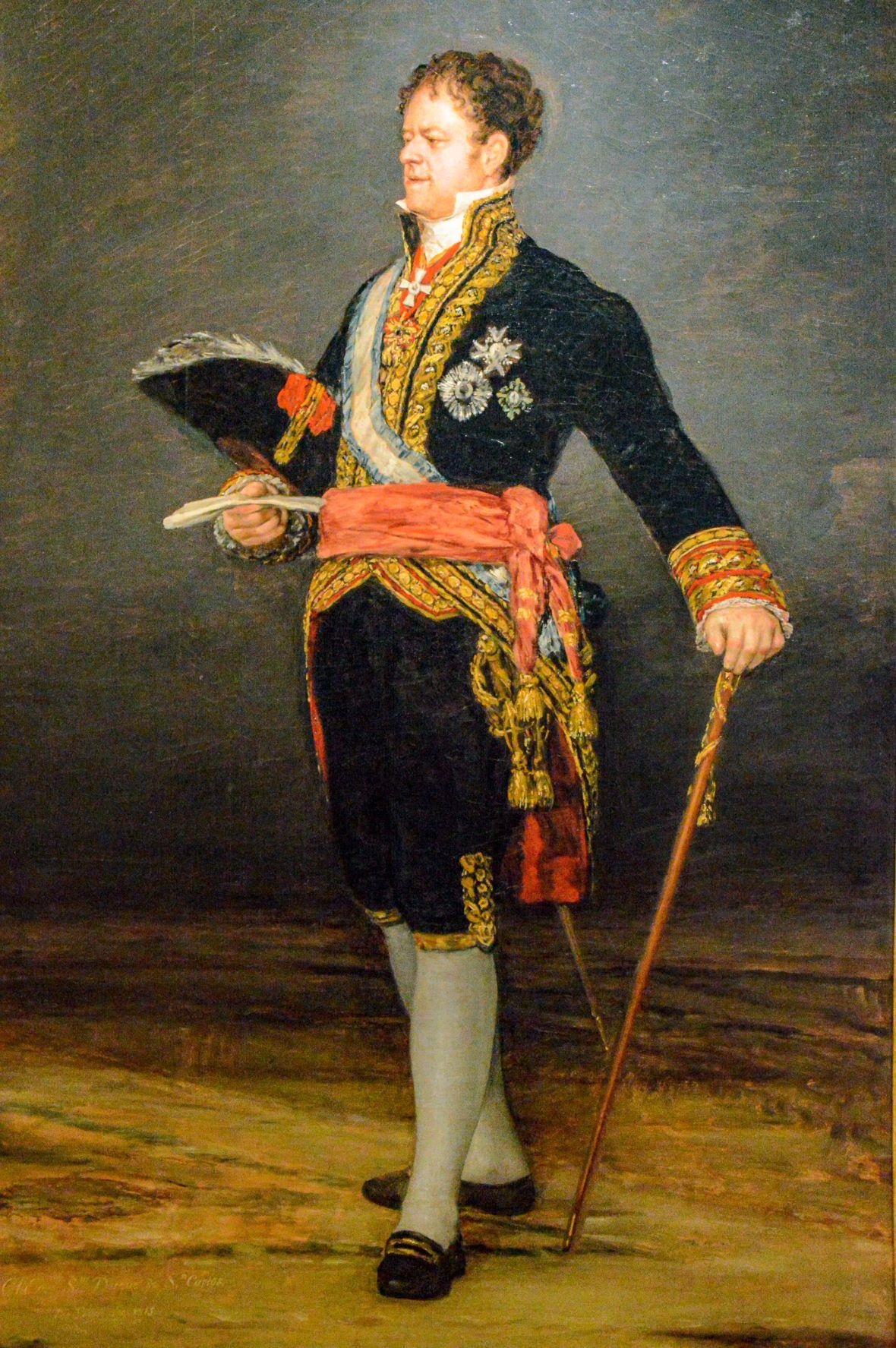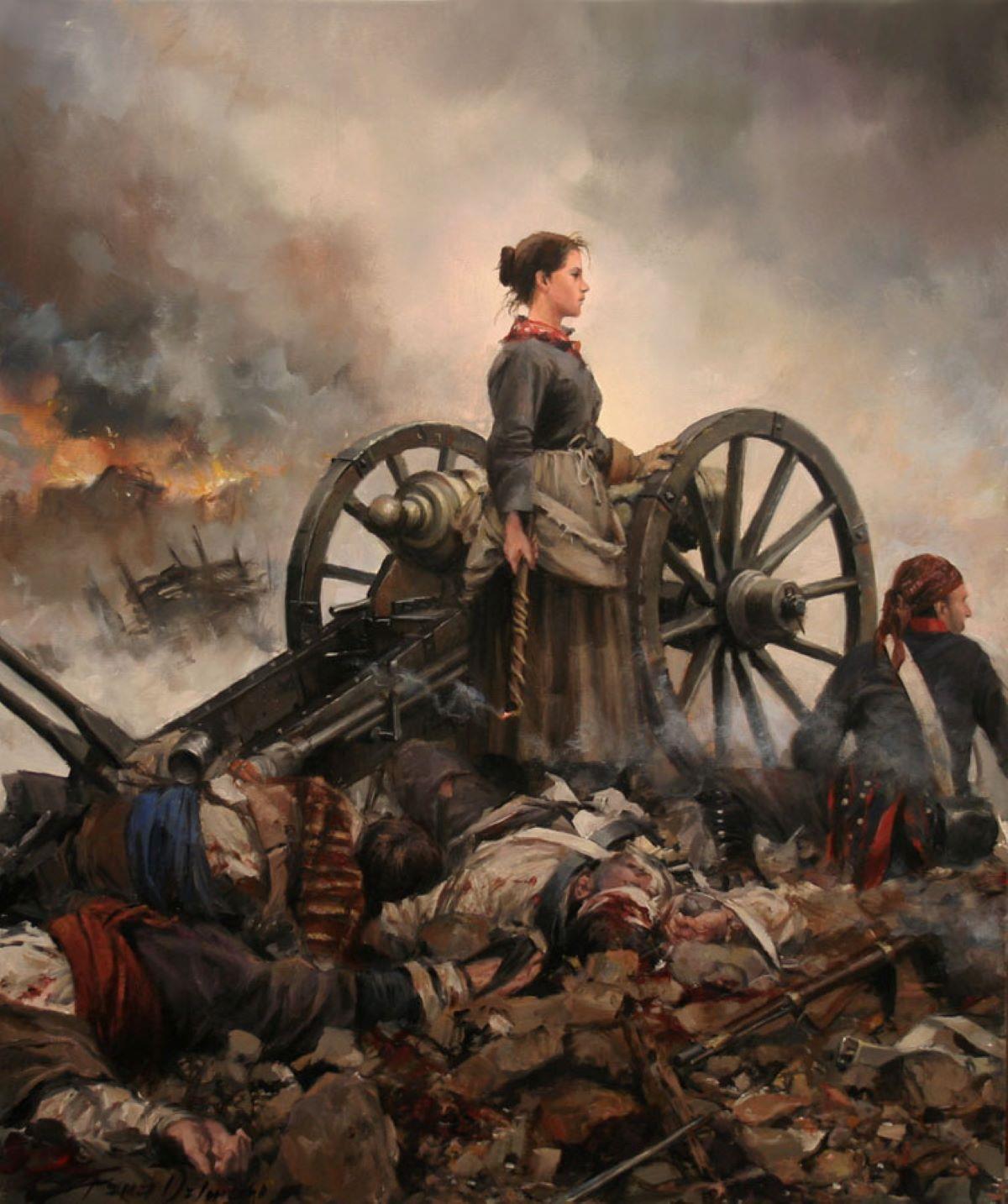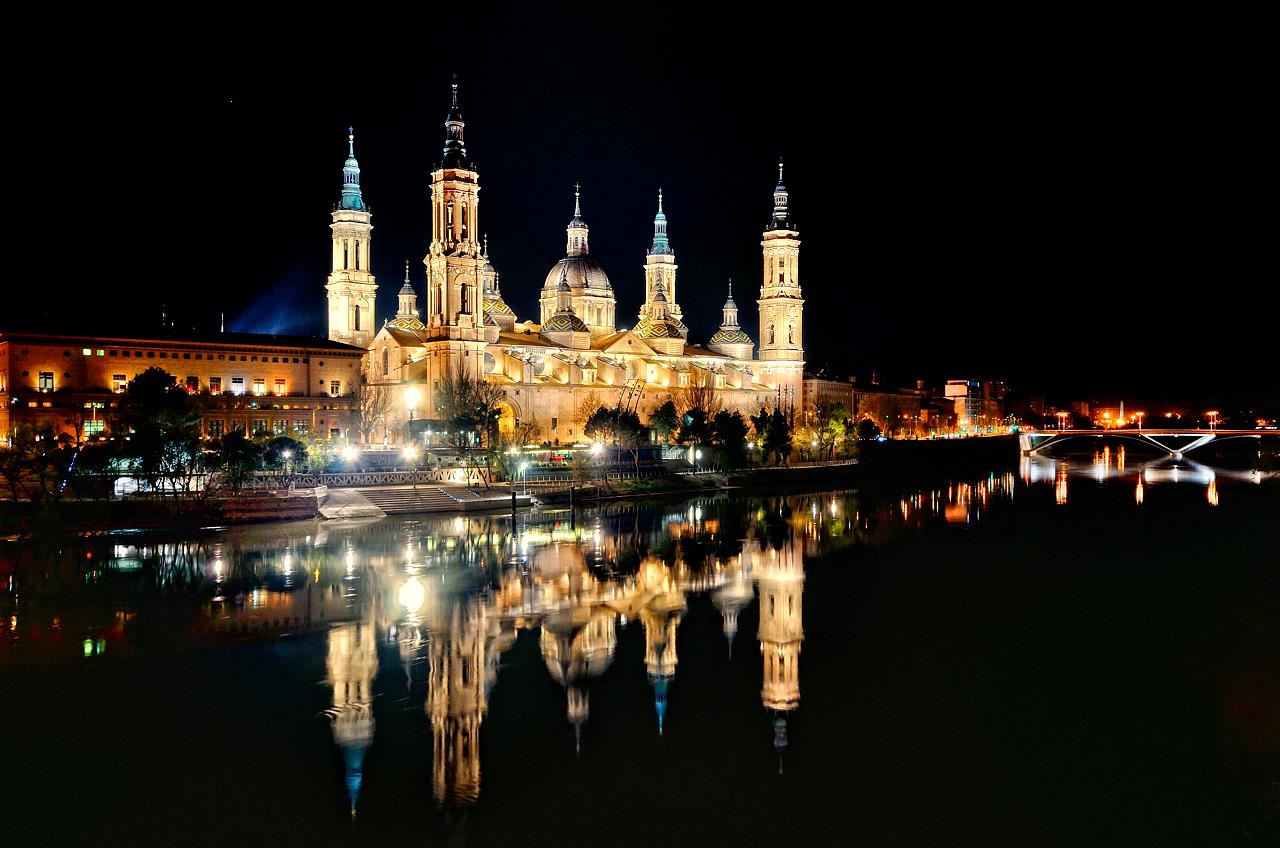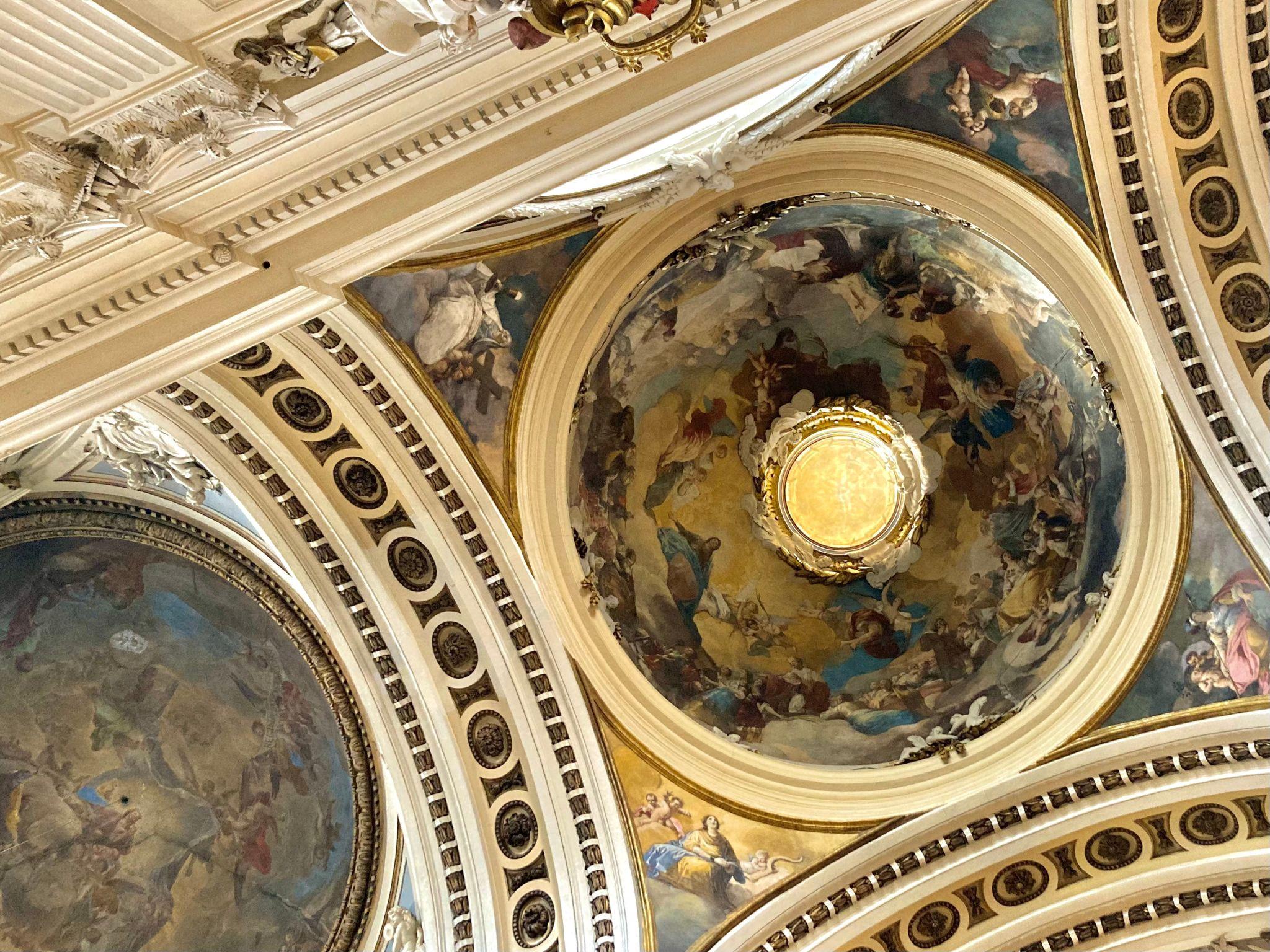Tour through the museums and spaces in Zaragoza that house works of the Aragonese genius. We will review his life, his times and his influences. We will admire portraits, religious and historical works and his collection of engravings.
What is a Free Tour?
It is about a walking visit with a qualified guides for free. Once the tour is finished, you can put a price according to your level of satisfaction.
Things to do Goya Free Walking Tour in Zaragoza
Highlights to see in Goya Free Walking Tour in Zaragoza
Details
Duration
2 hours 15 minutes
Language
Guide in Spanish
Price
Adultos: free
Availability and starting time
Not available
When to book?
You can reserve up to before the activity
Free cancellation
If you will not be able to attend the tour, please cancel the reservation, so that the guide does not wait.
Excluded
Meals and Drinks
Transfer
Meeting point
Conditions
How to book?
Limited availability. Book as soon as possible to guarantee availability. Choose date and fill in the required fields. Secure and protected payment. You will immediately receive your booking confirmation.
Super safe route! COVID-19 efforts
Our route takes the recommendations and key considerations of security and protection against Coronavirus.
Is the interior of the monuments visited?
Exterior and interior of most named sites
Is the tour adapted for people with reduced mobility?
Not adapted
Guaranteed departures without min of travelers
Yes
Are animals allowed?
Not
Activity recommended for children?
Yes, families are welcome
Our promises
Best price guaranteed
Quick and easy reservation
Multilingual Customer Service
Secure payment
Contact us
Do you have any question?
Would you like this tour in private?
Reservation
Cancel or modify reservation


